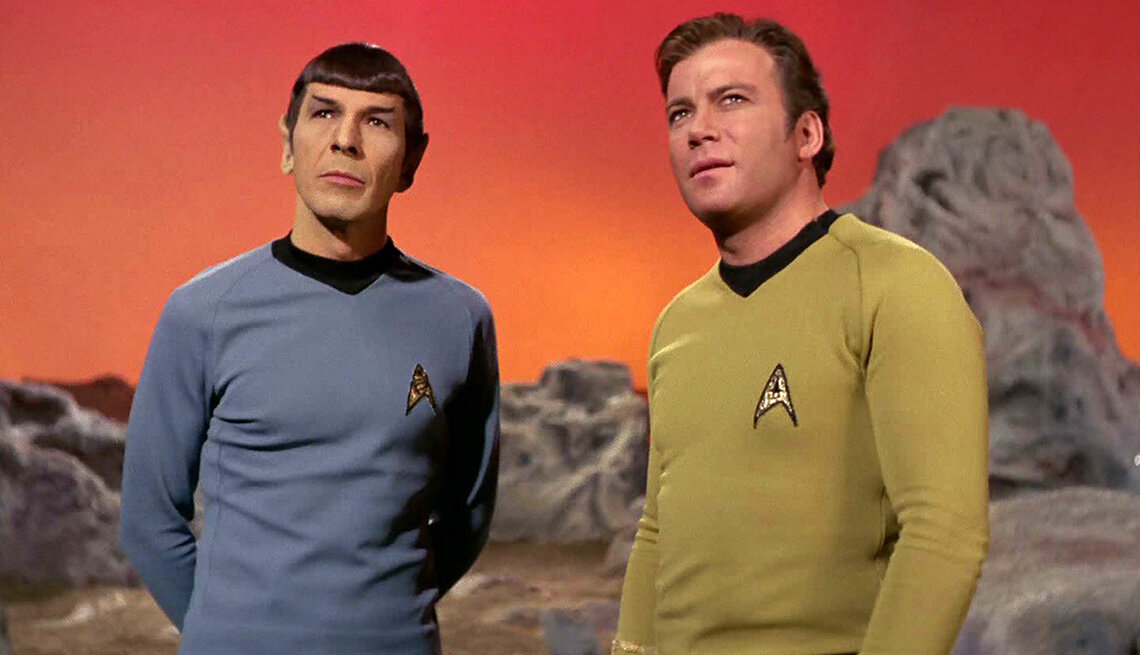Science Fiction: a fanciful way to tell stories of colonialism : Part 2

TEHRAN- Throughout history, humans have harbored a fascination with envisioning the world of tomorrow and its potential appearance, a concept that has been imaginatively translated into literature through the genre of science fiction.
Unlike utopian visions, sci-fi narratives frequently paint a future that is far from peaceful and perfect, often portraying scenarios involving alien invasions, malevolent empires, authoritarian dystopias, and the exploration and colonization of new territories – which can sometimes more closely resemble the past than the future.
Colonizers in colonized clothing
Both “Dracula” and “War of the Worlds” are stories of colonizers who themselves are colonized by a superior race. This feature puts them in a category called ‘reverse colonization narratives’. In his book “Reverse Colonization: Science Fiction, Imperial Fantasy, and Alt-victimhood”, David M. Higgins defines this category of narrations as follows:
“Reverse colonization narratives are most often regarded as fictions of foreign and alien invasion that address fears concerning the supposed decline of British imperial power during the Victorian and Edwardian eras.”
Reverse colonization stories invite identification with victims, but they are like a double-edged sword; The stories can also provoke identification ‘as’ victims.
The Tasmanians, in Wells’s description, are an ‘inferior race,’ and “The War of the Worlds” reinforces (rather than challenges) the idea that a hierarchy of races engage in a natural evolutionary struggle for supremacy. Like “Dracula,” “The War of the Worlds” asks audiences to imagine themselves as potential victims of foreign invasion and as possible losers in an evolutionary competition for racial supremacy.
Imperial masochism and imperial critique
Imagining oneself as a colonized victim often serves as the ideological core of imperial fantasy for those who benefit the most from modern-day conditions of empire. Higgins, in his book, uses the term ‘imperial masochism’ to refer to the way subjects who enjoy the advantages of empire adopt the fantastical role of colonized victims to fortify and expand their agency.
He mentions that in the ideology of imperial masochism, imperial practice is justified on the basis of liberatory decolonization, and privilege is sustained through the appropriation of victimhood. In such an ideological context, the fantasy that “they’re coming to take what’s ours” operates as a shield against the shameful truth that “we’re currently already taking what’s theirs.”
The tension between imperial masochism and imperial critique in “The War of the Worlds” embodies what Rieder calls a ‘double movement’ of colonial ideology in reverse colonization narratives.
Given Sci-Fi’s long history of entanglement with imperial fantasy, it should come as no surprise that imperial masochism is often supported and enabled by science fictional references and metaphors.
As Higgins points out, the United States also has an earlier history of fantastic emancipation narratives and mythologies of imperial masochism. L. Frank Baum's “The Wizard of Oz” (1900) is among them. The story celebrates Dorothy as a heroic emancipator rescuing colonized races from oppressive slavery.
Philip Francis Nowlan’s novella “Armageddon 2419 A.D.” (1928) is another example of the U.S. imperial fantasy. This novella imagines a distant future in which the United States has been colonized by ‘Mongolians’ and must fight an anticolonial revolution to establish the racial supremacy of white America (stories that reflect the Social Darwinian racial politics of “War of the Worlds”, but without Wells’s implicit critique of imperialism).
Intensification of imperial masochism
By the late 1960s—in the aftermath of widespread postwar decolonization movements, and during a cultural moment dominated by the influence of civil rights, feminism, anti–Vietnam War protest, and various other countercultural challenges to authority and tradition—stories celebrating outward conquest in Sci-Fi were dramatically overshadowed by narratives that invite audiences to see themselves as victims or liberators rather than as colonizers.
Luke Skywalker from “Star Wars” (1977), Neo from “The Matrix” (1999), Jake Sully from “Avatar” (2009), and Katniss Everdeen from “The Hunger Games” (2012) are a few high-profile examples of iconic heroes from recent decades who undertake a dramatic insurgency against oppressive imperial forces.
Reverse colonization narratives become a powerful resource for imperial elites to appropriate victim identity and imagine themselves as unsafe, threatened, and on the verge of succumbing to an overwhelming assault.
By imagining oneself as a rebel and collectively identifying with fantastic forms of victimhood, subjects who already enjoy social hegemony are able to justify economic inequality, expansions of police and military power, climate devastation, new articulations of racism, and countless other forms of violence—all purportedly in the name of security, self-defense, and self-protection.
Imperialism (particularly U.S. imperialism) radically intensifies in a postwar context dominated by aggressive processes of late capitalist globalization. Although military violence and territorial occupation continue to serve the purposes of postwar empire, new methods of imperial hegemony after World War II often operate without an overt emphasis on direct colonial control of foreign territory.
Concluded.
Photo: A scene from "Star Trek"
AH/SAB
Leave a Comment